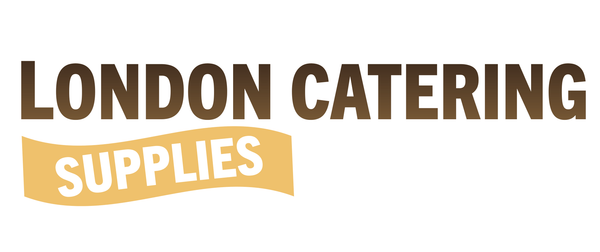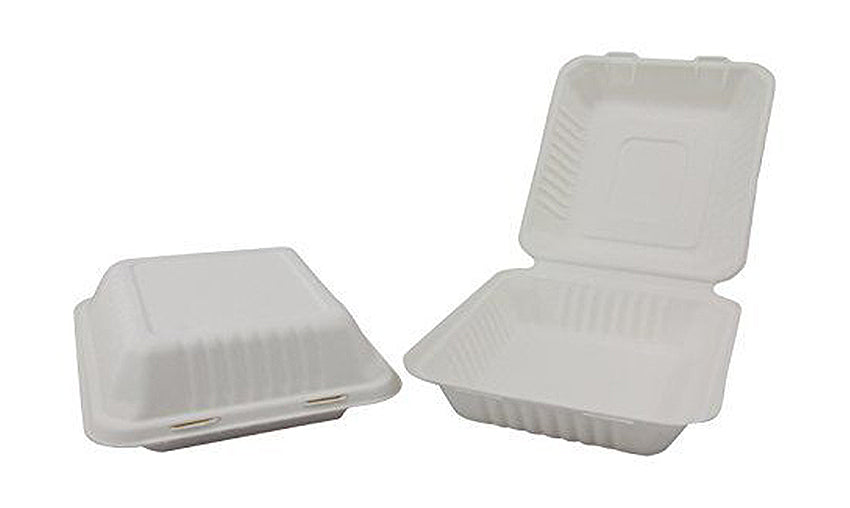
The rising awareness among the public about the need for using environment-friendly products in all walks of life has resulted in the popularity of Bagasse disposable food containers. Bagasse food packaging is also emerging as a favorite amongst consumers due to its unique thermal characteristics and water-resistant features.
What is Bagasse?
Bagasse is the pulpy residue that is left over after juice is extracted from sugarcane. It is obtained in large quantities in countries such as Brazil, Vietnam, China, and Thailand where sugar production is generally high. It is composed primarily of Cellulose and Hemicellulose along with Lignin and small quantities of ash and waxes.
Uses of Bagasse
Bagasse used to be regarded as a waste and burnt in fields causing pollution. However, scientific advancements have helped in identifying the several uses of this material that include the following
- It has been used as a fuel source in sugar mills because of the heat energy it produces. Modern cogeneration technologies are being developed to produce from 200 to 300 kWh of electricity for every tonne of bagasse material. Researchers are also investigating the possibility of it being considered as a biofuel.
- Bagasse is being used widely by food distributors London and other cities because of its eco-friendly properties.
- It has been used to produce pulp and board because of its suitability for printing and writing. It is often used for making boxes and boards.
- Processed bagasse has also been found to be beneficial for human health when included as part of the regular diet.
Key Eco-Friendly Characteristics of Bagasse
Scientists have consistently urged for the mindful use of products that may be hazardous to the environment. Wholesale soft drinks suppliers UK has also understood the environmental impact of harmful materials and has begun using bagasse containers due to the following eco-friendly features
- Renewable
Bagasse is a sustainable product because it is sourced with very little impact on the environment. It can be easily replenished because the residue can be obtained after every harvest.
- Compostable
The main drawback of Styrofoam is that it never degrades. Plastic is durable but can take up to 400 years to degrade. Bagasses, on the other hand, can biodegrade normally within 90 days. Therefore, it is commonly used by food distributors worldwide.
- Easily Available
Due to the prevalence of sugarcane crops in several countries, bagasse material can be easily obtained. Sugarcane is a crop with high bioconversion efficiency and can be harvested in a single season and therefore bagasse can be readily available. For every tonne of sugarcane stalks that are crushed, approximately 30 tonnes of bagasse can be obtained.
Bagasse Food Service Products Manufacturing
There is a high demand for Bagasse food packaging materials by online grocery shopping UK outlets and companies are employing the latest methods to manufacture these food containers. The manufacturing process involves the following steps
- The fibrous residue remaining after the extraction of juice from sugarcane stalks are stored wet and short fibers with sugar residue are eliminated.
- The bagasse is mixed with water until a pulpy texture is achieved.
- Environment-friendly bleaches or additives can be added to strengthen the bagasse mixture, but this step is optional.
- The pulp mixture is poured into moulds of required shape where it is treated under high pressure and temperature to produce bagasse plates, bowls, and clamshell meal boxes.
Benefits of Bagasse Disposable Food Containers
Environmentally conscious public and the foodservice industry are gradually shifting towards bagasse containers, but bagasse has several other qualities that make them ideal for food packaging that include
- They are thermal resistant and can hold hot food up to 95 degree Celsius.
- They are microwave safe and can be used to reheat food.
- They are more durable and firmer than polystyrene containers due to the fibrous texture and are hence are used by several leading online grocery shopping centers in UK.
- They are refrigerator safe and therefore can be used to store food until consumption.
- They have insulation properties that retain heat for a longer time compared to paper and plastic containers.
- They are eco-friendly alternatives to plastic containers because they are completely compostable. The rate of decomposition can vary depending on the temperature, turnover rate, and moisture. Faster decomposition can be achieved if the bagasse container is broken into smaller pieces.
- They can also be used to store cold food products.
- Bagasse containers are water and grease resistant and therefore are increasingly used by wholesale soft drinks suppliers.
The catering and hospitality industries have seen a spike in the use of bagasse food containers because of their environment-friendly properties. Their sturdiness and superior thermal properties also have made consumers prefer them over other disposable food containers and tableware.

